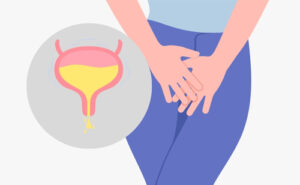
Manuka honey is a special type of honey. It is commonly used as a natural sweetener, cough suppressant, and applied topically for minor wounds and burns. But there other health benefits as well.
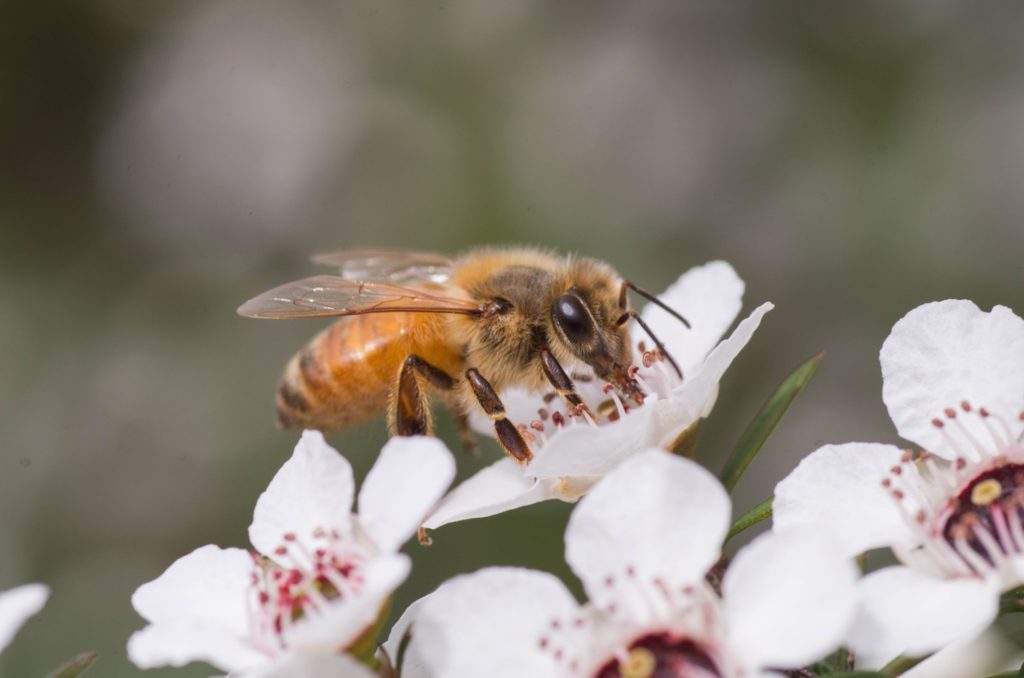
Honey is made by honeybees, from the nectar of flowering plants. Honey contains mostly sugar, but also amino acids, vitamins, minerals, iron, zinc and antioxidants.
Besides it being a natural sweetener, some honeys including manuka honey, can also used as an anti-inflammatory, antioxidant and antibacterial agent. Manuka honey is used to treat coughs, treat burns and promote wound healing.
As noted by the Mayo Clinic, there is researched evidence for using honey as follows:
Manuka honey is made from the manuka tree (Leptospermum scoparium). Research shows that the nectar-producing parts of its unique flowers produce a very unusual nectar. This is because the manuka tree is capable of photosynthesis not just in its leaves as other plants do, but in its nectaries as well. As a result, sugars and other special ingredients are produced in this nectar, which bees then turn into manuka honey – with its unique potent properties.
There are more than 2,000 natural components in manuka honey, making it a significantly more complex honey compared to most other varieties.
When choosing a manuka honey lozenge, ensure they are made almost entirely from honey – as many often contain other sugars or artificial ingredients as their first/main ingredient. You can also choose manuka honey lozenges that contain honey that is dried, not boiled, which retains the natural health properties of the honey.
Read more
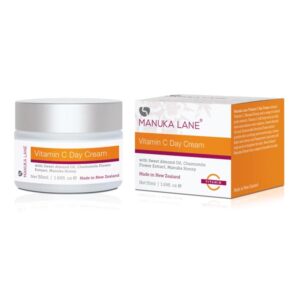
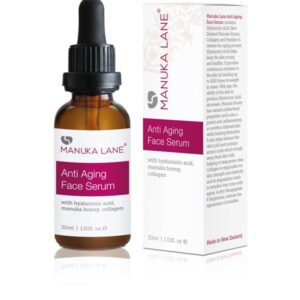
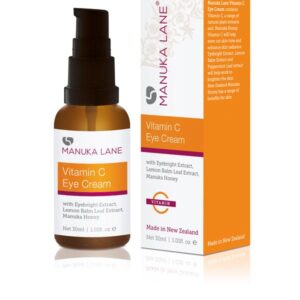
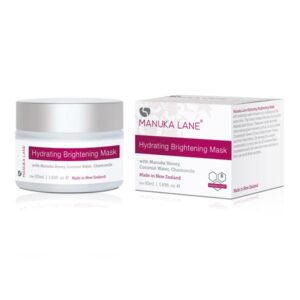
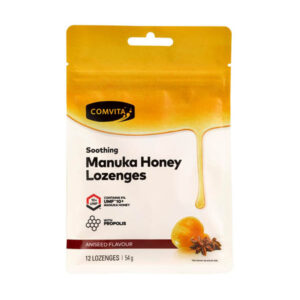
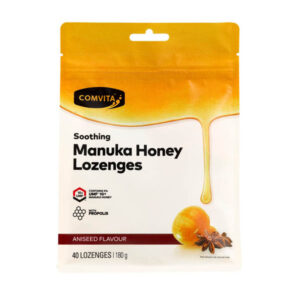


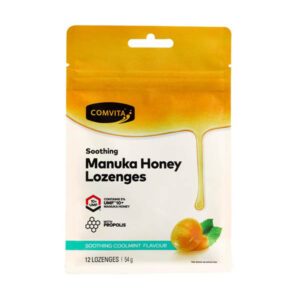
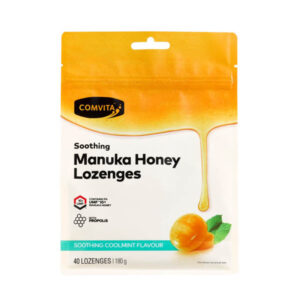
Written by Paul Taylor
Paul Taylor is a healthcare content writer with 5 years’ experience creating patient friendly articles for patients across New Zealand. He specialises in accessible condition guides, health and wellbeing tips, prescription FAQs, and OTC advice, translating complex drug information into clear, actionable content. Paul works closely with licensed ZOOM pharmacists and cites authoritative sources (peer reviewed journals and national clinical guidelines) to ensure evidence based, up to date content. His goal is to help readers feel empowered and informed about their health and wellbeing. Content is educational and not a substitute for medical advice.